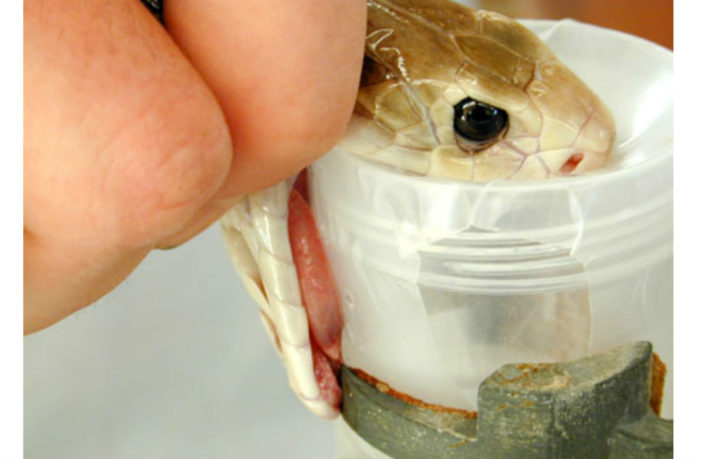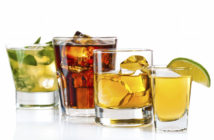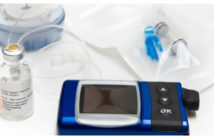Anti-venom is a medication majorly used to treat snake bites and it can also be used to treat bites from scorpions, spiders or other reptiles. It is made by fractionating the blood of the donor (horse or sheep), which is hyper immunized with snake venom. These products are available in either lyophilized or liquid forms. Anti-venom is the only effective therapy against snake bites and apart from lifesaving, they also save patients from cell and tissue necrosis, thus helping save vital organs. As per World Health Organization (WHO) fact sheet, 4.5 to 5.4 million people are bitten by snakes, every year, globally, out of which 1.8 to 2.7 million people develop clinical illnesses after snake bites and up to 81,000 to 1, 38,000 people die from such snake bites. Snake bite causes around 400,000 amputations and other permanent disabilities, annually.
Request to download and view Sample Report: https://www.coherentmarketinsights.com/insight/request-sample/1249
South Asia and Africa are expected to drive growth of the anti-venom market, owing to higher incidence of snakebites
Growth of the anti-venom market is expected to be driven by South Asia and sub-Saharan African countries due to highest incidence of snake bites in these regions. As per WHO statistics, in India, 3.8 million people are bitten by snakes and 46,900 people die every year. In sub-Saharan Africa, around 7,000 to 20,000 people die annually from snake bites. Highest incidence is recorded in rural and peri-urban areas, where croppers and livestock workers live. However, growing urbanization is resulting in the loss of habitat for many snake species due to deforestation, thus drawing them towards area inhabited by humans, in turn, increasing the incidence of snakebites. The WHO, in June 2017, added snakebite to its priority list of neglected tropical disease, which would result in more focused effort to prevent death from snakebite, thus boosting growth of the anti-venom market. Increasing government funding for research and development and logistics in these countries is further drive growth of the global anti-venom market. Anti-venom product requires specialized infrastructure such as cold chain storage, which is not available adequately in highly prone regions such as Africa and Asia. This in turn, is hindering the supply of anti-venom products in these regions.
However, high costs associated with anti-venom products (due to high manufacturing cost) hinders growth of the anti-venom market. Lack of access to anti-venom products is also one of the major constraints for market growth. According to WHO, most of the sub-Saharan African region does not locally produce anti-venom, thus the populace in this region relies on traditional treatment to treat snakebites. Countries in this region often face chronic shortage of anti-venom production, thus, creating opportunities for market players to enter the anti-venom market. Presently, the available anti-venom product is not effective against snake bites from certain species such as hump-nosed vipers (India) and other species present in African counties. This in turn, is limiting market expansion.
Ongoing research in the anti-venom products market is increasing the scope for market growth. Venomab is a company focusing on production of anti-venom, by using humanized antibodies instead of traditional serum-based animal derived anti-venom. This in turn, would reduce cost and scale up the production, alongside would improve availability of the products.
Request to download and view full ToC: https://www.coherentmarketinsights.com/ongoing-insight/toc/1249
The anti-venom market is dominated mostly by the producers from emerging economies such as India, Brazil, and Mexico. In 2014, Sanofi Pasteur announced that it would not produce its anti-venom product Fav-Afrique (mostly sold in African countries), which is one of the most effective polyvalent anti-venom products. This was due to tough competition from low cost manufacturers from emerging economies such as India, Brazil, and Mexico. Key players present in the anti-venom market include Haffkine Bio-Pharmaceutical Corporation Ltd., Bharat Serums and Vaccines Ltd, Vins Bioproducts Limited, CSL Behring, Vacsera, Rare Therapeutics, Instituto Bioclon S.A.de C.V., and Incepta Vaccine Ltd.




